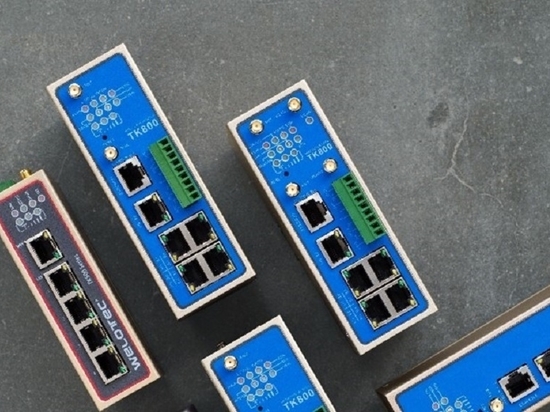
#Industry News
IIoT protocols compared: MQTT vs. OPC UA
Communication standards for the IIoT: MQTT and OPCUA
In an increasingly connected world, the challenges of system networking are more obvious than ever. The introduction of digital technologies is becoming increasingly relevant. Solutions range from pure Big Data scenarios to full Industrial Internet of Things (IIoT) applications. These solutions require not only a new approach in terms of IT networking, but also creative ways to integrate existing machines and workflows. In the area of industrial communication protocols, two standards dominate in this context: OPC UA and MQTT, which are compared in this article.
Differences in functionality
Architecture of MQTT
The MQTT message protocol uses the concept of the publish-subscribe pattern. Necessary for the publish-subscribe model of MQTT is a broker, which is the central point of communication. Clients can connect to the message broker and exchange data with each other via so-called topics, which are sent with every message. If a message is published on a certain topic, then this is forwarded to all participants who have subscribed to this topic. A detailed insight into MQTT can be found here.
Architecture of OPC UA
The server / client architecture is the traditional communication model in OPC UA. It is based on the idea that there is a passive server component that provides data for other applications acting as clients in the process. The client applications can access data and information from the server via several standardized services. A detailed insight into OPC UA can be found here.
Typical applications of the standards
Use cases of MQTT
IIoT applications are the primary use case for MQTT. When data is collected from remote locations and sent over an unreliable network, MQTT should be the first choice. MQTT can guarantee secure and complete data transmission through built-in features. Another typical use case of the messaging protocol is IoT gateways that aggregate sensor data, pre-process it, and send it to the cloud for data analysis via MQTT.
Use cases of OPCUA
The main use case of the OPC UA communication standard is closed-loop process control in a local area network (LAN). When machines on a factory floor need to communicate in real time, the standard shows its strengths. The standard is particularly well suited for the integration and expansion of SCADA systems.
Summary and forecast
The choice of one of the two communication standards is not an either-or decision. Both protocols play an important role and are characterized by specific functionalities and features in certain use cases. An optimal network or system can use both communication protocols.
A combination of the standards allows the use of the respective strengths and reduces the disadvantages of the other communication protocol. For this reason, careful planning of the system and network structure is recommended.






